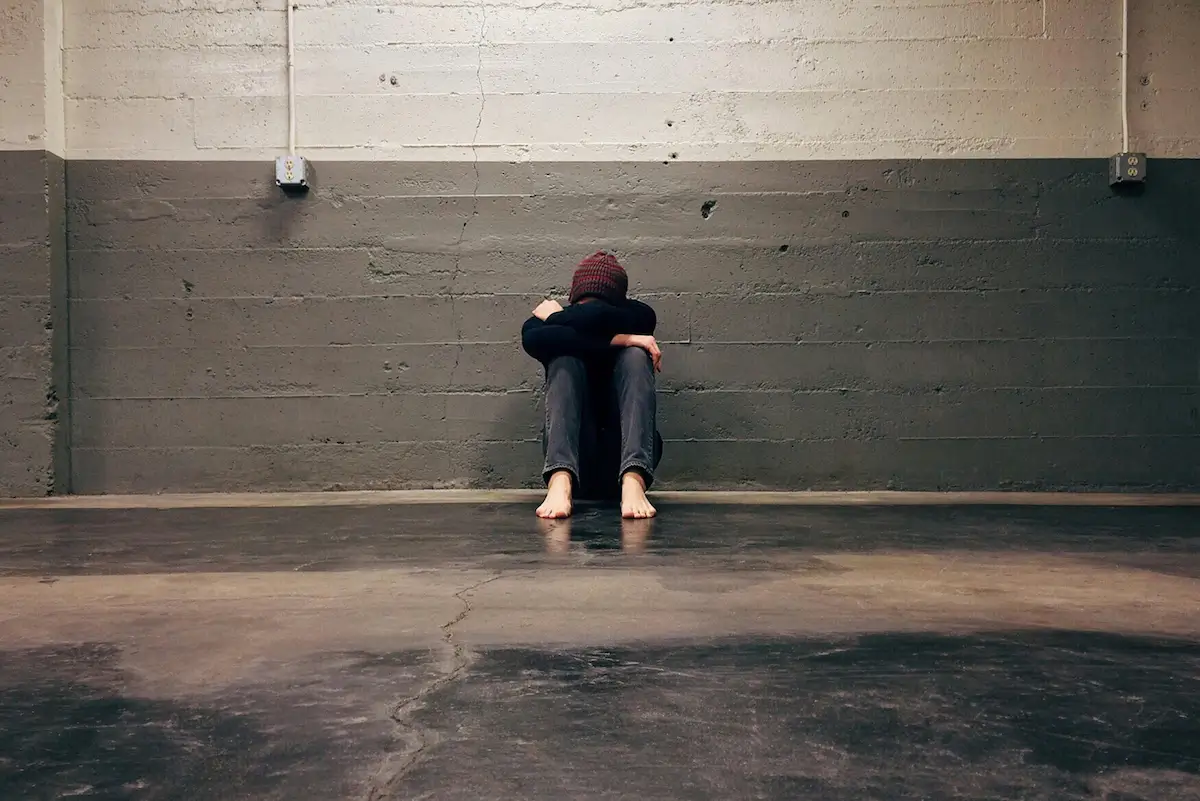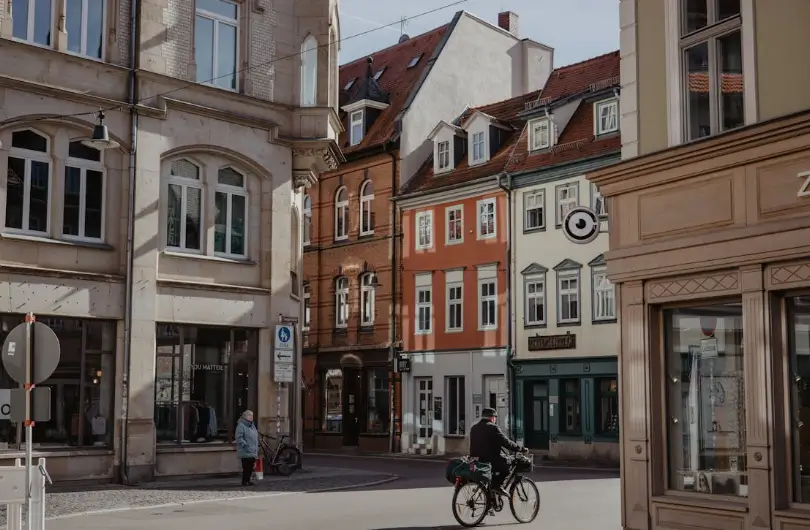Is Zoning Really Neutral?
We like to think of zoning as neutral, just a set of rules applied fairly to everyone. No politics, no bias, just lines on a map telling you what can go where.
But here’s the thing...
Zoning has never really been just about land. It’s always been about people, power, and control.
Zoning may look impartial on paper, but in practice, it often reinforces existing inequalities. So when we call it “neutral,” we have to ask: neutral for whom? And at what cost?
Where the Idea of Neutral Zoning Comes From
Zoning was originally intended to separate incompatible uses, to keep factories away from homes, for example. On its surface, it made perfect sense: protect public health, safety, and welfare.
Reasonable right?
Over time, this idea evolved into an assumption that zoning is inherently fair. After all, if the same rules apply to everyone, how could it be biased?
But applying the same rules to very different places, people, and histories doesn’t always produce fair results. Uniformity isn’t the same as equity.
Zoning’s Not-So-Neutral History
Zoning has a long history of being used to exclude. Early zoning codes were often crafted to keep out low-income residents and communities of color under the guise of "protecting neighborhood character." Single-family zoning, large minimum lot sizes, and bans on multifamily housing weren’t just planning tools, they were methods of social control.
In some cities, zoning was explicitly used to reinforce racial segregation. In others, it worked alongside tools like redlining and urban renewal to displace or disinvest in certain communities. The consequences of those decisions are still felt today.
The Problem with “It’s Just the Code”
Planners often hear or say, "We're just following the code." But codes aren’t handed down from on high, they're written by people, influenced by political pressure, economic interests, and historical context.
And while zoning may look neutral, it can produce very different outcomes depending on where and how it’s applied. A zoning rule that works in a wealthy neighborhood may have a completely different impact in a lower-income area. For example, a requirement for off-street parking might be a minor inconvenience in a high-income area where households own multiple cars and have ample space. But in a lower-income neighborhood, that same requirement could make housing projects financially unfeasible, limit affordable development, and reinforce car dependence in places where many residents rely on transit.
These differences also shape how zoning labels get applied. What gets called "nonconforming" or "incompatible" isn’t always based on actual harm or incompatibility, it’s often rooted in assumptions about what a neighborhood should look like or who belongs there. In practice, that label can become a tool to block change, particularly in communities already marginalized by the planning process.
Why This Still Matters Today
Today’s planning conversations (affordable housing, missing middle, transit access, parking minimums) all come back to zoning. And when we rely on outdated or one-size-fits-all rules, we risk reinforcing the very problems we say we want to solve. Not a good look for planning...not at all.
People don’t trust zoning because, too often, they’ve seen it work against them. They’ve seen it used to block needed housing, delay progress, or favor the loudest voices. And when we say "the code is the code," what many hear is "the system isn't built for you."
So… What Do We Do?
I'm glad you asked.
We start by telling the truth: zoning isn’t neutral, and it never has been.
But that doesn’t mean it can’t be.
Planners and communities can work together to rewrite the rules in ways that prioritize equity, inclusion, and flexibility. That means asking critical questions about who benefits and who gets left out. It means revisiting outdated standards that no longer serve the public good and making room for diverse housing types and mixed-use development that reflect the realities of today, not the assumptions of yesterday.
Most importantly, it means committing to transparent, inclusive decision-making where all voices have a seat at the table, not just the loudest or most powerful ones.
Zoning can be a tool for justice, but only if we treat it as a living system, not a static set of lines.
Final Thoughts
Zoning is personal.
It weaves itself into the fabric of everyday life by shaping our daily routines, directing our choices, and by restricting our chances. It's not just about buildings or setbacks; it's about how people move, live, and connect within their communities. It shapes where we live, how much we pay to live, what we have access to, and who gets to belong in a healthy community. Whether it’s the type of housing allowed, the distance to transit, or the availability of basic services, zoning decisions quietly define opportunity. That’s why it matters who gets to write the rules and who gets left out of the conversation.
So no, zoning isn’t neutral. But if we’re willing to confront that truth we might just have a chance to make it so.
Want to learn more about how zoning has a direct affect on your quality of life? Check out Why Everyone Hates Zoning
%20(1200%20x%20237%20px)%20(300%20x%2059%20px).webp)
.webp)

.webp)


